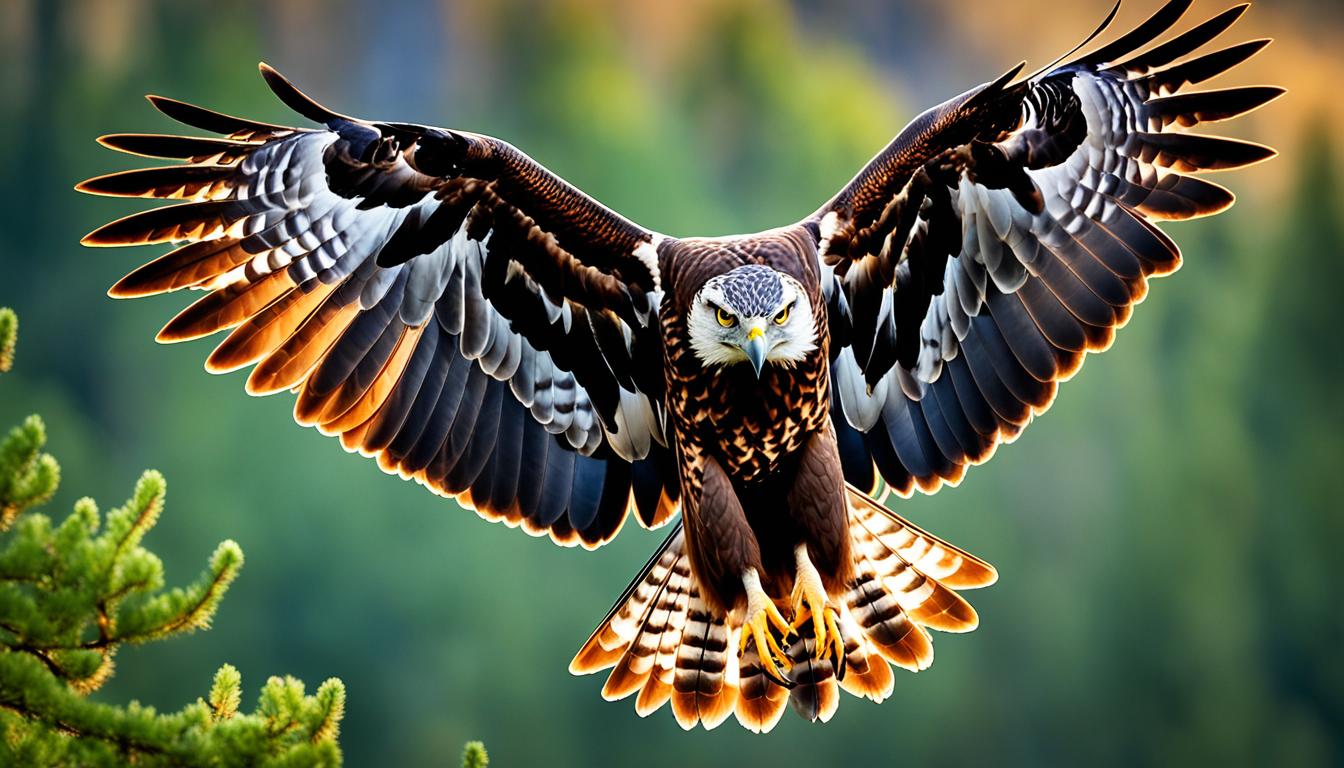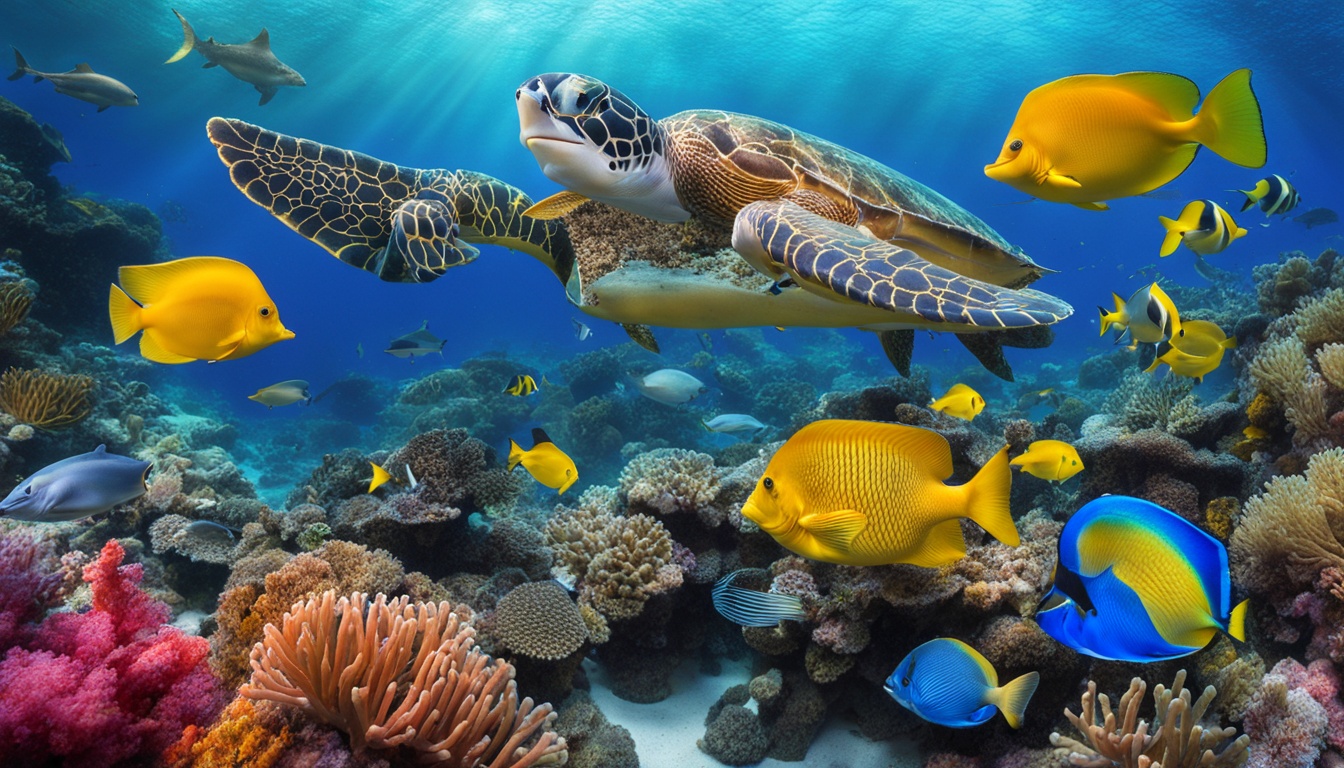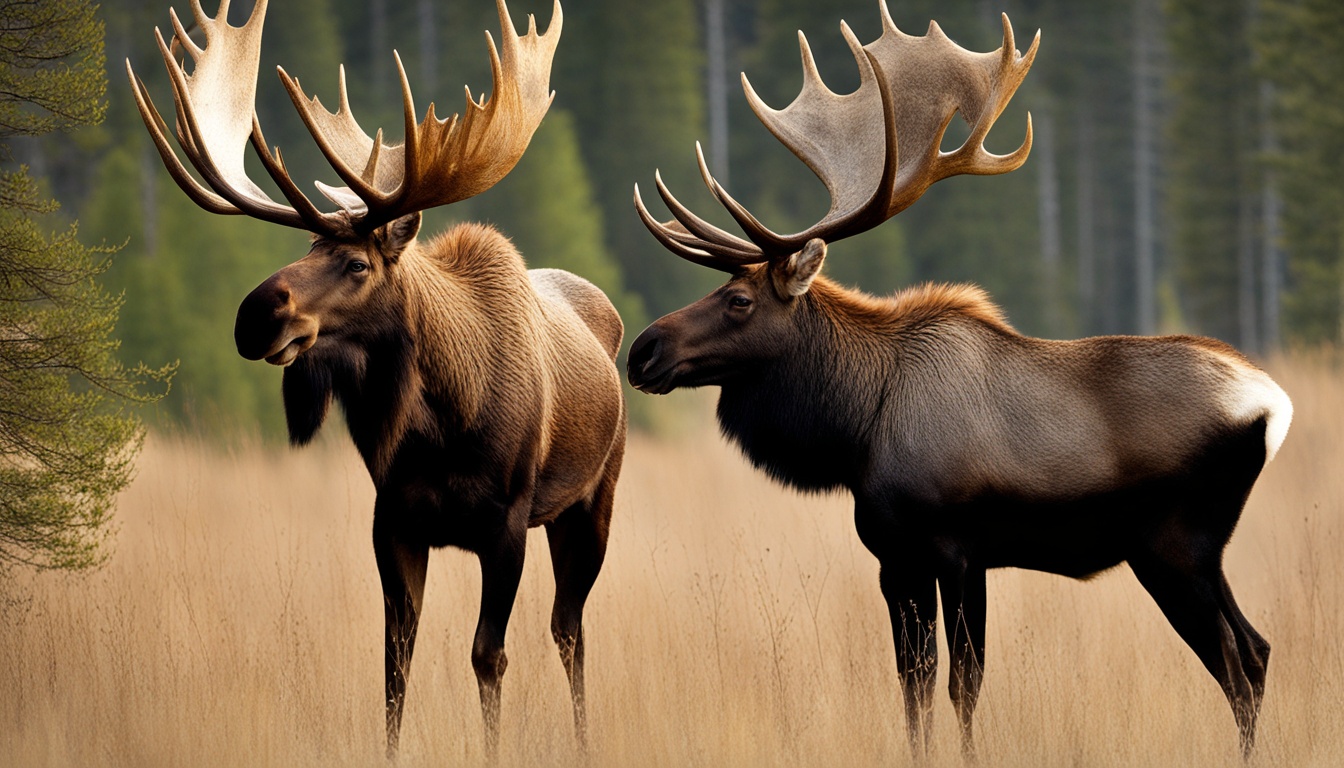Kangaroos are fascinating animals that are native to Australia. They are marsupials, which means that they carry their young in a pouch. Kangaroos are known for their powerful hind legs, which they use to hop around and travel long distances. In fact, kangaroos are the only large animals that use hopping as their primary means of movement.

One of the most interesting things about kangaroos is their ability to jump. They can jump up to three times their own body length in one bound, which means that a kangaroo that is six feet tall can jump up to eighteen feet in a single hop! Kangaroos also have a unique way of walking that uses both their hind legs and their tail for balance. They can even walk backwards, which is a skill that few other animals possess.
Another fun fact about kangaroos is that they are social animals. They live in groups called mobs, which can range in size from just a few individuals to over a hundred. Within these groups, kangaroos have complex social hierarchies and communicate with each other using a variety of sounds and body language. Overall, kangaroos are fascinating creatures that have many unique and interesting traits.
Kangaroo Classification
Species and Subspecies
Kangaroos belong to the animal family Macropodidae, which literally means “big foot.” They are marsupials, which means that they give birth to relatively undeveloped young that continue to develop outside the womb, typically in a pouch. The most well-known species of kangaroo is the red kangaroo (Osphranter rufus), which is the largest living marsupial in the world. Other species of kangaroo include the eastern grey kangaroo (Macropus giganteus), the western grey kangaroo (Macropus fuliginosus), and the antilopine kangaroo (Macropus antilopinus).

Within each species, there are also several subspecies that are distinguished by their physical characteristics and geographic location. For example, the red kangaroo has several subspecies, including the eastern red kangaroo (Osphranter rufus rufus) and the western red kangaroo (Osphranter rufus occidentalis). Each subspecies has unique physical and behavioral adaptations that allow it to thrive in its specific habitat.
Habitat and Distribution
Kangaroos are native to Australia and are found in a wide variety of habitats, including forests, grasslands, and deserts. They are particularly well-adapted to arid environments and have specialized kidneys that allow them to conserve water. Kangaroos are also able to regulate their body temperature by panting and sweating, which helps them to survive in hot environments.
The distribution of kangaroos varies depending on the species and subspecies. For example, the red kangaroo is found throughout most of Australia, while the antilopine kangaroo is found only in the tropical savannas of northern Australia. Some species of kangaroo have also been introduced to other parts of the world, such as New Zealand and the United States. However, these introductions have often had negative impacts on local ecosystems and wildlife.
Physical Characteristics

Body Structure
Kangaroos are marsupials, which means they carry their young in a pouch. They have powerful hind legs that are much larger and stronger than their front legs. This allows them to hop at high speeds of up to 56 km/h (35 mph). Kangaroos also have a long, muscular tail that helps them balance while hopping and acts as a fifth limb. The tail can be as long as their body and is used to prop them up while they are sitting or standing.
Kangaroos come in a variety of sizes, from the tiny Musky Rat-Kangaroo, which is only about the size of a mouse, to the Red Kangaroo, which is the largest marsupial in the world. Red Kangaroos can grow up to 2 meters (6.5 feet) tall and weigh as much as 90 kg (200 lbs).
Adaptations
Kangaroos have several adaptations that help them survive in their harsh environment. One of their most unique adaptations is their ability to conserve water. Kangaroos can go for long periods of time without drinking water by getting most of their moisture from the plants they eat. They also have a special way of breathing that allows them to conserve water. When they exhale, they release very little moisture, which helps prevent dehydration.
Another adaptation is their powerful hind legs, which not only allow them to hop at high speeds but also help them defend themselves from predators. Kangaroos have been known to use their legs to kick predators, such as dingoes, with enough force to kill them.
In conclusion, kangaroos have several physical characteristics and adaptations that make them unique and well-suited to their environment.
Behavior and Lifestyle
Diet
Kangaroos are herbivores and their diet mainly consists of grasses, leaves, and shrubs. They have a unique digestive system that allows them to extract the maximum amount of nutrients from their food. Kangaroos have a four-chamber stomach, which helps them break down tough plant material and extract nutrients from it. They also have a special type of bacteria in their stomach that helps them digest cellulose, a tough plant material that is difficult to digest.
Social Structure
Kangaroos are social animals and live in groups called mobs. These groups can range from a few individuals to over 100 kangaroos. Within the mob, there is a hierarchical social structure, with dominant males at the top and subordinate males at the bottom. Females also have a social hierarchy, but it is less pronounced than that of males. Kangaroos are also known for their boxing behavior, which is used to establish dominance within the group.
Reproduction
Kangaroos have a unique reproductive system. Females have two uteri and can become pregnant while they already have a joey in their pouch. The joey is born after a gestation period of around 30-40 days and crawls into the mother’s pouch where it continues to develop for several months. Once the joey is fully developed, it will leave the pouch and start to explore its surroundings. Female kangaroos can also delay the development of their embryos until environmental conditions are favorable for their survival. This is known as embryonic diapause and allows female kangaroos to ensure the survival of their offspring.
Kangaroo and Human Interaction
Cultural Significance
Kangaroos have been a significant part of Australian culture for thousands of years. The Aboriginal people of Australia have used kangaroo hides for clothing and shelter, and have included them in their stories and art. In modern times, kangaroos are often depicted in Australian art and media, and are a popular tourist attraction. They have also been used as a symbol of Australian identity and pride, appearing on the country’s coat of arms.
Conservation Status
Kangaroos are currently listed as “least concern” on the IUCN Red List of Threatened Species. However, their populations are affected by human activities such as hunting, habitat loss, and road accidents. In Australia, kangaroos are hunted for their meat and hides, and to control their population. Some conservationists argue that this hunting is unsustainable and may lead to population declines. In addition, urbanization and agricultural development have led to the destruction of kangaroo habitat, further threatening their populations.
To address these conservation concerns, various organizations and initiatives have been established to protect kangaroos and their habitats. For example, the Kangaroo Industry Association of Australia promotes sustainable kangaroo harvesting practices and advocates for the use of kangaroo meat as a more environmentally friendly alternative to beef and other meats. The Australian government also regulates kangaroo hunting and has established protected areas for kangaroo populations.
Interesting Kangaroo Facts
Kangaroos are fascinating marsupials that are native to Australia. Here are some interesting facts about kangaroos.
Record Holders
- Kangaroos are the largest marsupials in the world. The red kangaroo is the largest living marsupial, with males growing up to 2 meters tall and weighing as much as 90 kilograms.
- Kangaroos are also impressive jumpers. They are the only large animals that move by hopping. The biggest kangaroos can clear 8 meters with one jump.
- Kangaroos are known for their endurance. They can travel long distances at a speed of 20-25 miles per hour and can maintain a speed of 12 miles per hour for several miles without stopping.
Unusual Traits
- Kangaroos have a unique reproductive system. Female kangaroos have two uteruses and three vaginas, while male kangaroos have two-pronged penises.
- Kangaroos have a keen sense of smell and can detect predators from a distance. They also have excellent hearing and can swivel their ears to locate the source of a sound.
- Kangaroos are herbivores and mainly feed on grass. They have a special digestive system that allows them to regurgitate and re-chew their food to extract all the nutrients.
Kangaroos are truly fascinating creatures with many unique characteristics. Whether it’s their impressive jumping ability or their unusual reproductive system, there is always something interesting to learn about these marsupials.
What are the similarities and differences between Kangaroos and Rabbits?
Kangaroos and rabbits share some interesting similarities, such as being herbivores and having strong hind legs. However, their differences are notable as well. Kangaroos are marsupials, while rabbits are rodents. Additionally, kangaroos are native to Australia, whereas rabbits can be found in various parts of the world. Interesting rabbit facts indeed.
Frequently Asked Questions

What are some unique characteristics of kangaroos?
Kangaroos are marsupials, which means that they carry their young in a pouch. They have powerful hind legs that are used for hopping, and a long, muscular tail that helps them balance. Kangaroos are also known for their distinctive ears, which can rotate independently to help them locate sounds.
What is the habitat of kangaroos like?
Kangaroos are native to Australia, where they can be found in a variety of habitats, including forests, woodlands, plains, and savannas. They are well adapted to living in dry, arid environments and can go for long periods without water.
What is the diet of kangaroos?
Kangaroos are herbivores, which means that they eat plants. They primarily feed on grass, but also consume leaves, flowers, and bark. Kangaroos have a unique digestive system that allows them to extract maximum nutrients from their food.
What adaptations do kangaroos have?
Kangaroos have several adaptations that help them survive in their environment. Their powerful hind legs are designed for hopping, which allows them to cover great distances quickly. They also have a long, muscular tail that helps them balance and turn while hopping. Kangaroos also have a unique digestive system that allows them to extract maximum nutrients from their food.
What are some interesting facts about red kangaroos?
Red kangaroos are the largest marsupials alive today. They can grow up to 6 feet tall and weigh over 200 pounds. They are also capable of hopping at speeds of up to 35 miles per hour.
What are some unique facts about tree kangaroos?
Tree kangaroos are a species of kangaroo that live in trees. They are found in the rainforests of Papua New Guinea and Australia. Unlike other kangaroos, tree kangaroos have shorter legs and a longer tail, which helps them balance while climbing. They also have special pads on their feet that help them grip tree branches.










